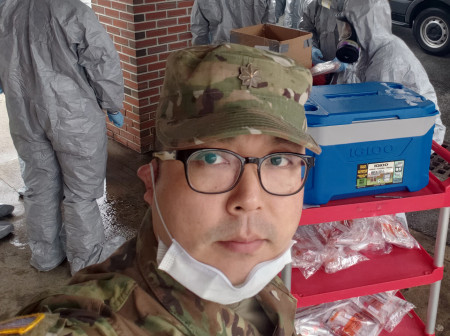A common cause of death following traumatic head injury is subdural hematoma, when blood builds up between the brain and the covering over the brain beneath the skull. This condition, which is often the result of a fall and relatively common among older adults, causes headaches, seizures or even death, and conventional treatments involve invasive surgery, such as drilling a hole in or removing a part of the skull to drain the blood. Such procedures can be risky and expensive. But a new, minimally invasive, first-line treatment may soon become available, thanks to the work of Jared Knopman ’01 and his colleagues at Weill Cornell Brain and Spine Center in New York City. In a study published in the journal Operative Neurosurgery last year, Knopman outlined the embolization procedure, which involves inserting an extremely thin tube (microcatheter) through a tiny needle into an artery in the upper thigh, working the microcatheter up into the main arteries that supply blood to the injury, and injecting agents to shut off the blood flow. Not only has this procedure been effective for more than 90 percent of patients, but it also does not preclude other treatments in case of failure. Knopman is organizing a multicenter registry, after which will come a randomized trial.

Weill Cornell Brain and Spine Center



Reader Responses
No one has commented on this page yet.
Submit a Response